Overview
Map
Other Details
كنيسة سيّدة البشوشة
Harissa
Keserwan
Mount Lebanon
كنيسة سيّدة البشوشة - بكركيهي كنيسة الموقع الأوّل لدير بكركي قبل بناء الصرح الحاليّ. بناها الشيخ خطّار الخازن سنة ١٧٠٣ مع الدّير، وسكنه الرّهبان الأنطونيّون سنة ١٧٣٠. سلّم البطريرك يعقوب عوّاد الكنيسة والدّير والأملاك الى رهبان مار اشعيا برضى المشايخ الخوازنة ولا سيَّما الشيخ خطار، لكن بعد وفاة الشيخ خطّار، وقع الخلاف بين ولَدَيه، وبين الأنطونيَّين، فطردوا منه، وباعوا الدّير الى المطران جرمانوس صقر لقاء ٣٥٠٠ غرش، وذلك سنة ١٧٥٠، وأكملوا بهذا المبلغ دير مار يوحنا المعمدان - عجلتون. أمّا المطران صقر فجعل الدّير مقرًّا لأخويّة قلب يسوع التي أسّستها الراهبة هنديّة عجيمي، التي بدورها نقلت الدّير الى موقعه الحاليّ. ولم يبقَ من الدّير القديم سوى كنيسة سيّدة البشوشة، نسبةً الى ايقونة العذراء المتبسمة.The chapel of Our Lady of Bchouche - BkerkeThe chapel was the church of the first monastery of Bkerke. It was built by Cheikh Khattar el Khazen in 1703, and the Antonine Maronite Order took the monastery as a residence in 1730. The monastery was eventually given to the order with a decree made by Patriarch Jacob Awad and the Sheikhs of the Khazen family. Nevertheless after the death of Sheikh Khattar there was a dispute between his sons and the Antonines, and the laters were forced to leave and sell the monastery to Bishop Germanos Saker in 1750 for 3500 Ottoman piasters, money that they used to accomplish St John’s monastery in Ajaltoun. Bishop Saker made Bkerke’s monastery a motherhouse for the new congregation of The Sacred Heard founded by Hindyeh Ojeimy. The congregation left the old monastery and built the current one nearby. Of the old monastery only the church persists. It is named Bshoushe meaning the Smiling Virgin.
Visited 1653 times, 4 Visits today
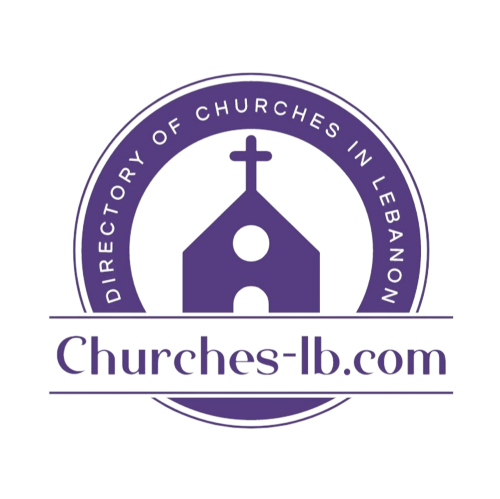
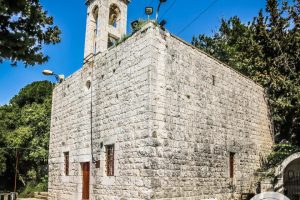
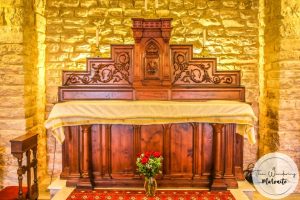
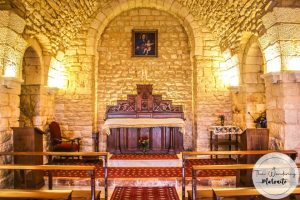
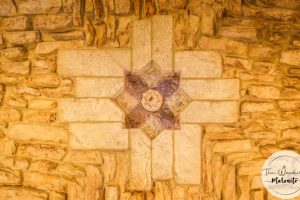
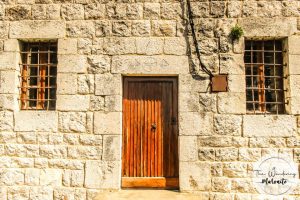
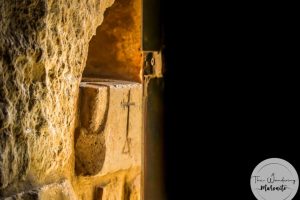
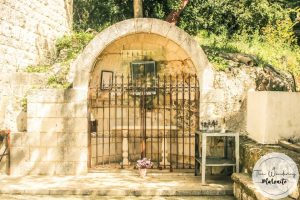







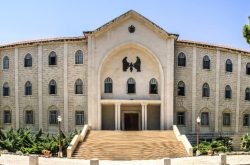
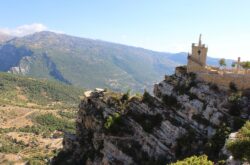
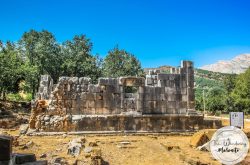
Reviews are disabled, but trackbacks and pingbacks are open.